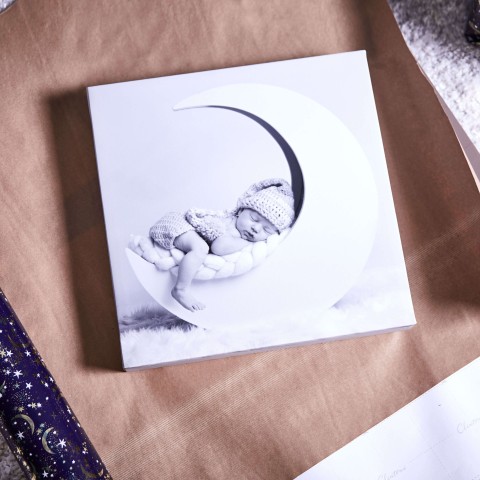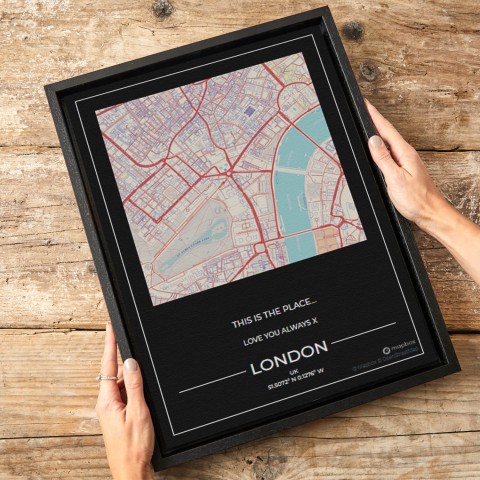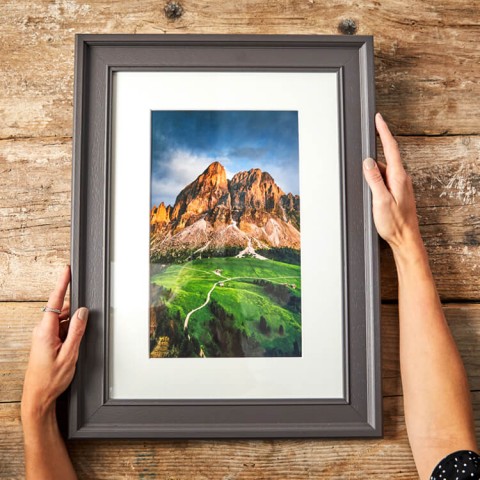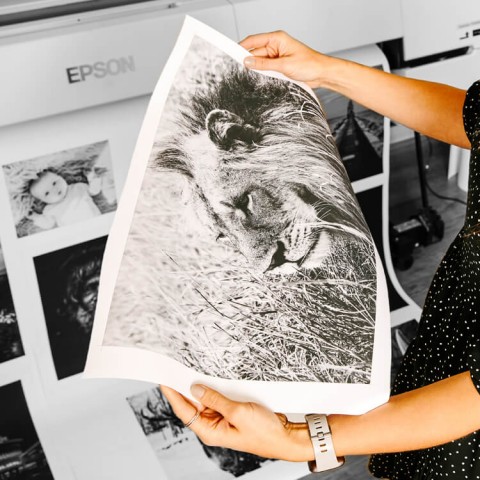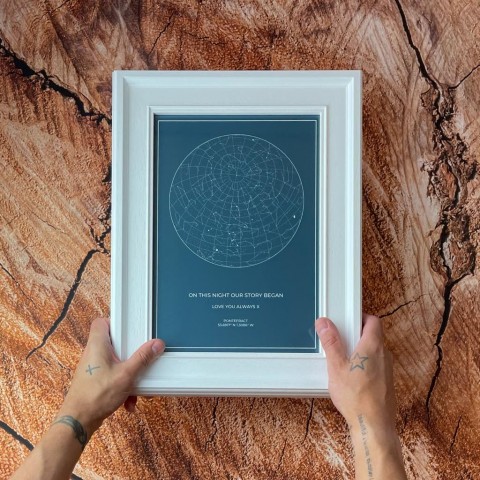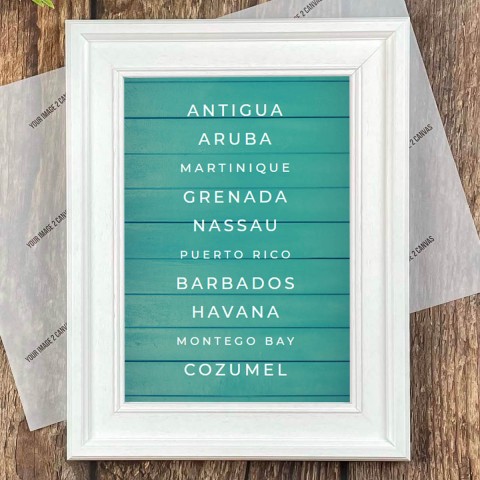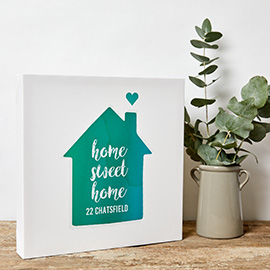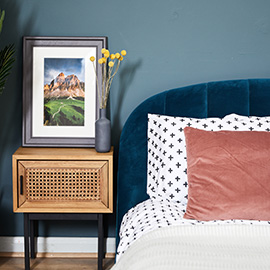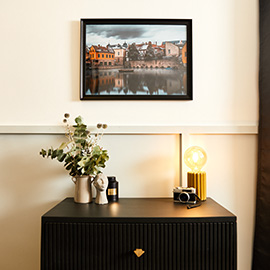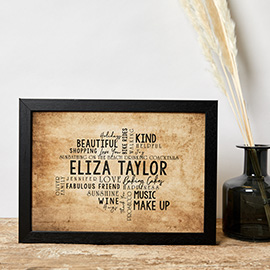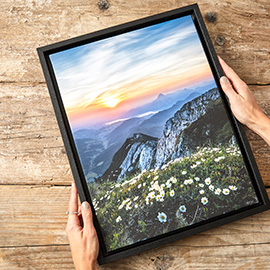We hope that you’ve been enjoying our series on off-camera flash and feel excited about trying this entertaining and creative genre of photography. This week we’re going to teach you the most crucial technical skill required to produce interesting work – balancing your flash exposure with the ambient light.
But first…
If you followed our series on ‘headshots at home’ you’ll know how to set up your umbrella, flash and triggers, but you might want to review those posts before popping back. Okay, for now, we’ll assume that you’re ready to go!
There are how many exposures?
Getting your head around the idea that there are two separate exposures with flash photography can seem daunting, but it’s really quite simple, so let’s set about demystifying it right now. One of the first things we learn as a photographer is how exposure works: we know that it’s a dance between aperture, shutter speed and ISO with the end result being a properly exposed image.
But what happens when we add a flash to the mix? Most people begin with their flash on camera shooting in TTL mode, either with the flash pointing straight at the subject or bounced up to the ceiling. The smart tech in their camera does all the heavy lifting resulting in a reasonably exposed, albeit somewhat lacking, image. Working with flash off-camera in manual mode requires us to do the hard work, but guarantees consistent results.
Think of your exposures like this: the flash captures an instant exposure that is overlaid on the much slower ambient exposure to form a combined image. Confused? Let’s show you how it works:
1. Set your camera to manual mode and take a few test shots with your scene properly exposed, with a shutter speed below your max sync speed on your camera. Aim for something around f/5.6-f/8, but that’s not crucial. For now forget about your subject – we’ll light them in a minute – but concentrate on getting a good exposure on the overall scene.
2. Drop the exposure by ½ to 1 stop by increasing your shutter speed (but remaining under your sync speed) or changing your aperture to add some drama to the background.
3. Put your trigger on your camera, bring your umbrella in close to the subject and take a test shot. If your subject looks too dark or bright adjust the power on the flash until you have the look you’re after.
That’s pretty much it! Really? Surely it can’t be that easy? Okay, there may be a little bit more to it than that, but that’s the essence of the process, and will allow you to get out shooting.


